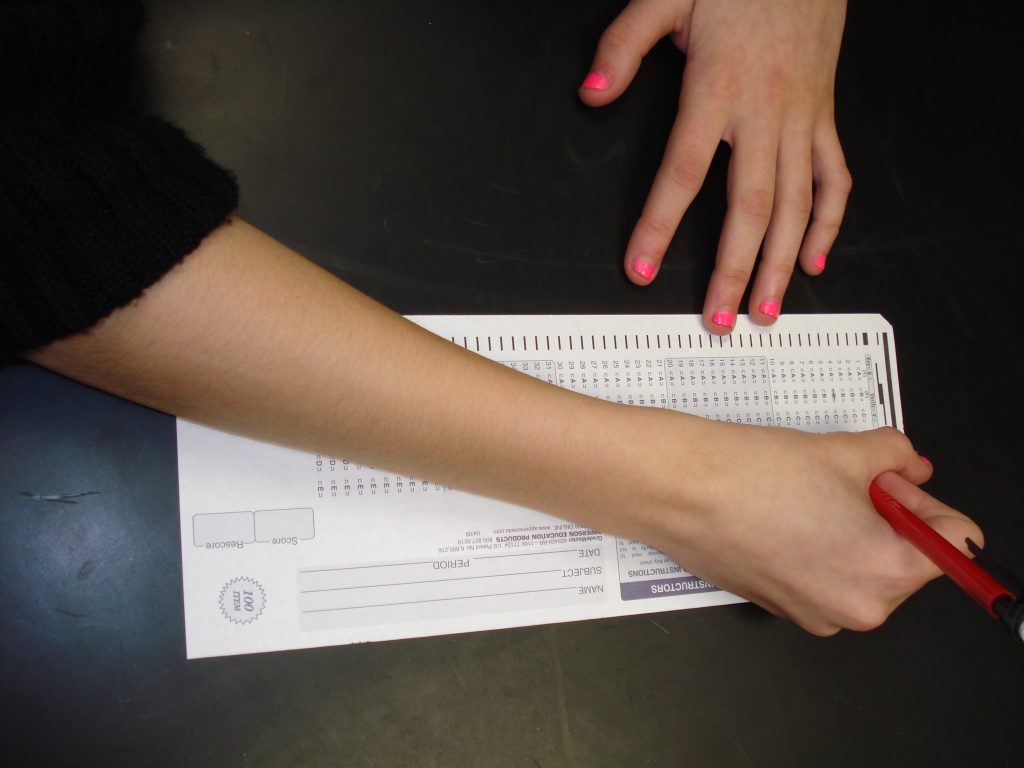Advanced Placement or AP classes offer ambitious high school students a great way to boost their college applications. Over 60% of high schools in the US offer a list of AP classes. If your high school doesn’t, you could still boost your college application by signing up for the most challenging courses that your high school offers. But if your high school does offer AP classes, should you take one and then the AP test?
Pros of Taking AP Tests
- The list of AP classes offered by most high schools is varied and appeals to a wide variety of interests.
- You get a taste of college-level work in your chosen subject.
- A good grade from your AP class can boost your GPA significantly.
- It shows colleges that you have what it takes to complete challenging coursework at the college level.
- You earn college credits while you’re still in high school.
- It opens up additional scholarship and grant opportunities.
Cons of Taking AP Tests
- It can be time-consuming and overwhelming if you already have an intense high school workload.
- Each AP test costs about $92, which can add up quickly if you take more than one test.
- Not all colleges accept all AP credits, so you must do your homework and find out if the colleges you want to attend accepts certain AP credits.
Where to Find the List of AP Classes to Choose From
If, after weighing the pros and cons, you’ve decided you want to take one or more AP tests, you can find the list of AP classes available by talking with your high school counselor. They can help you create a balanced, but academically rigorous, schedule.
Use College Raptor to discover personalized college matches, cost estimates, acceptance odds, and potential financial aid for schools around the US—for FREE!






